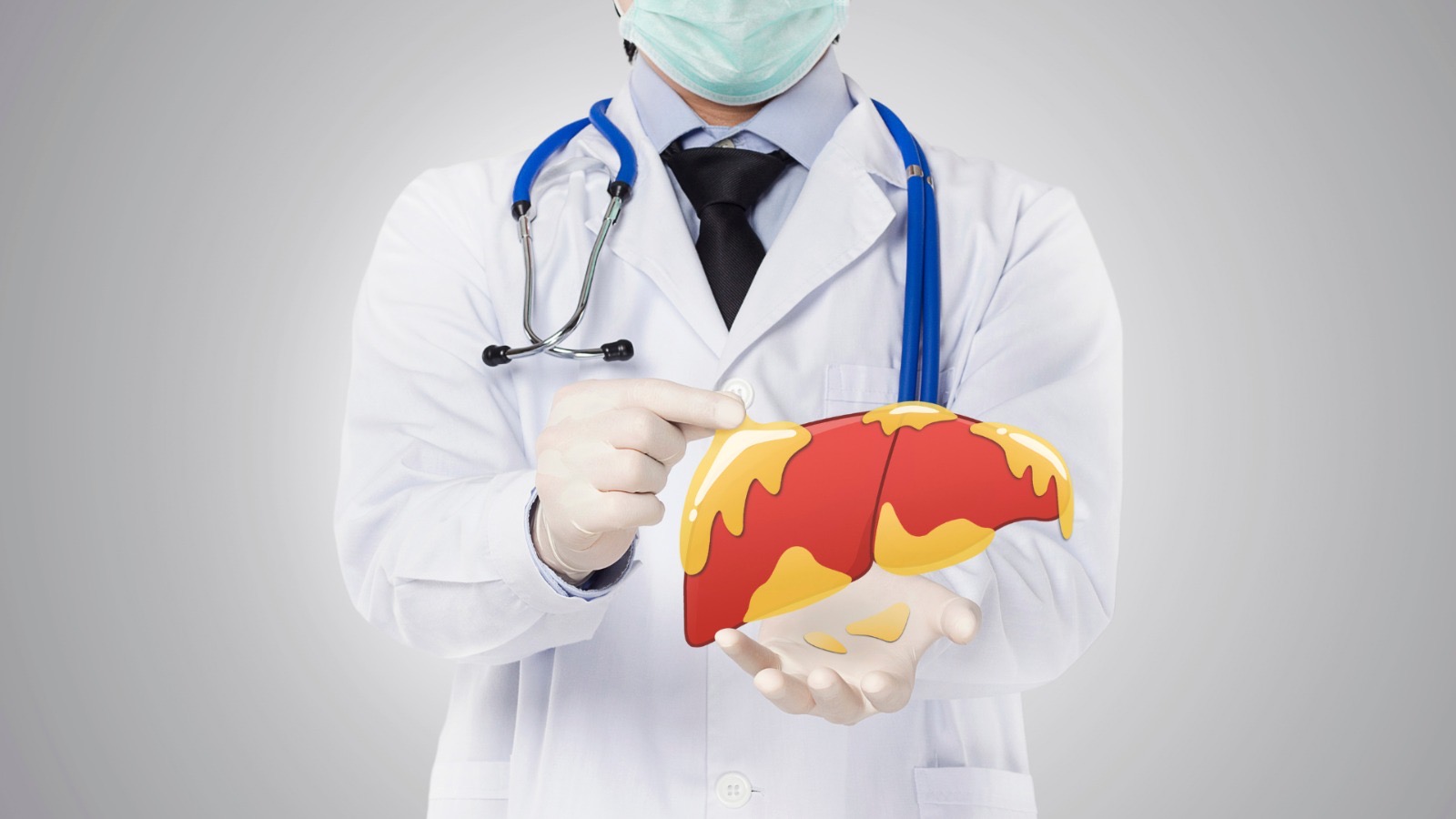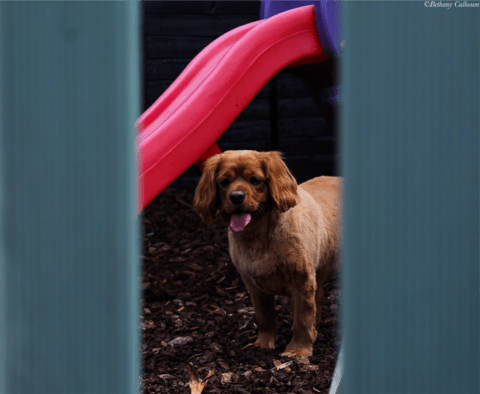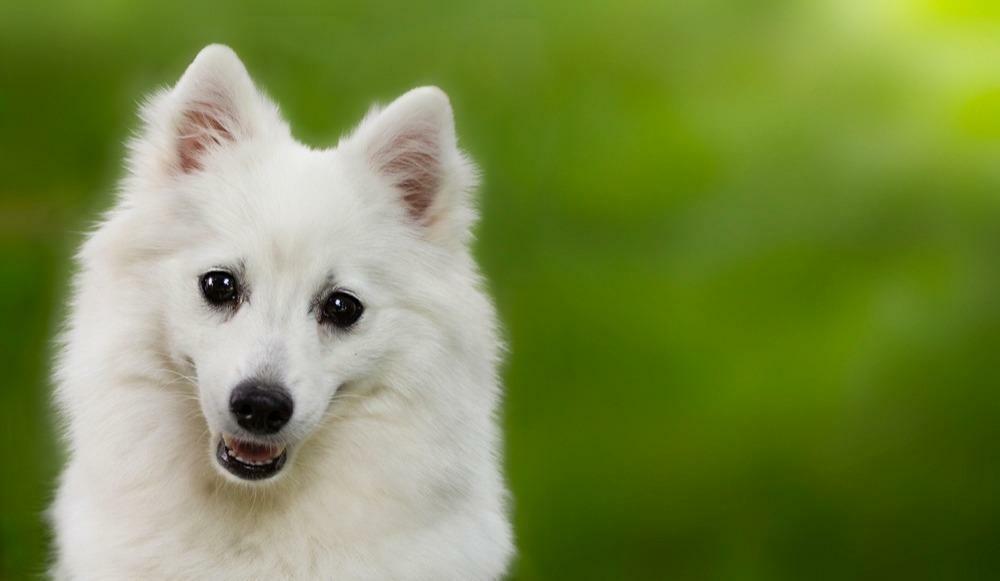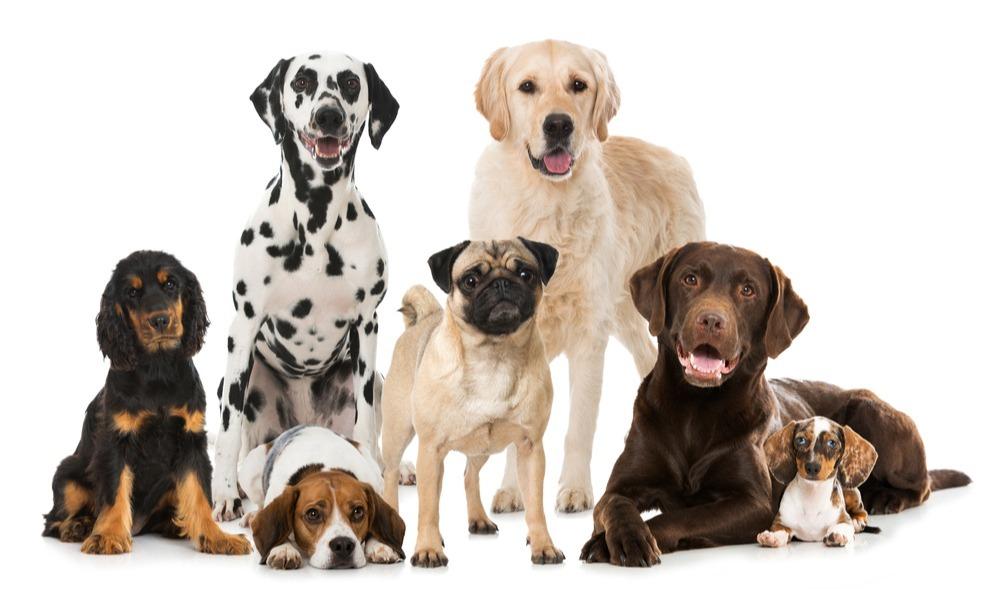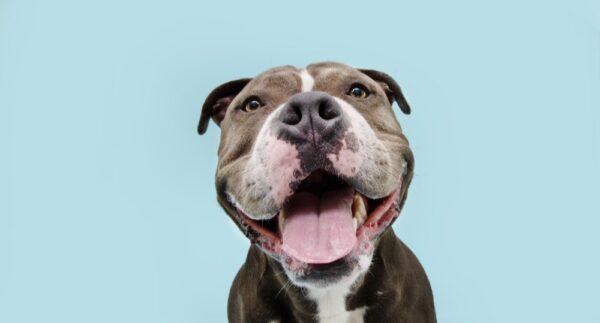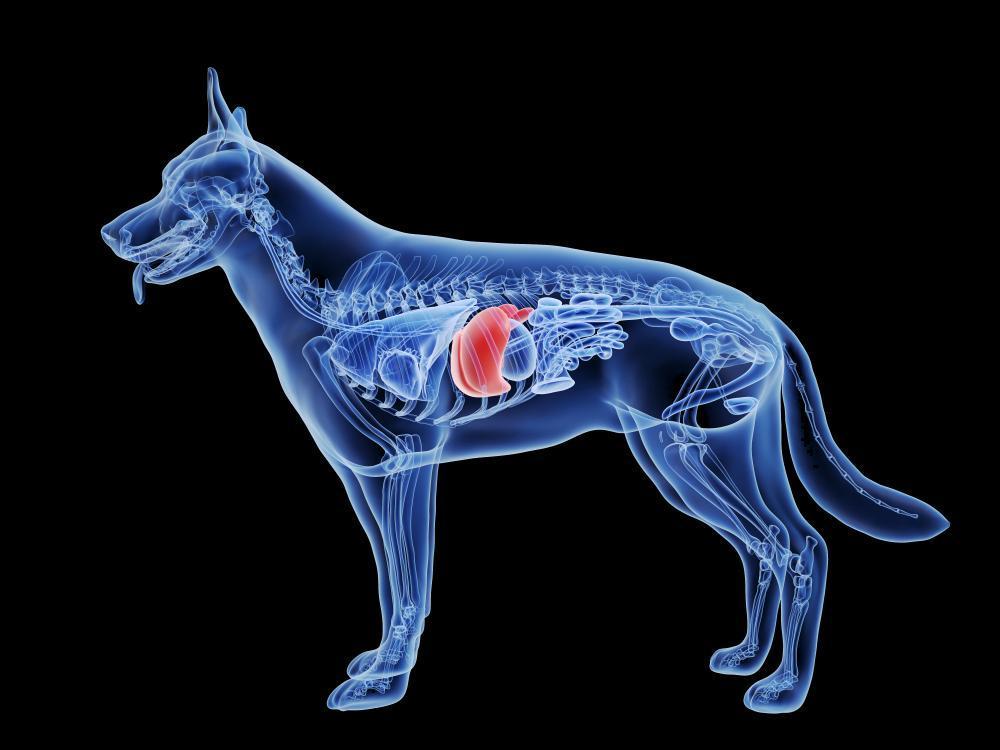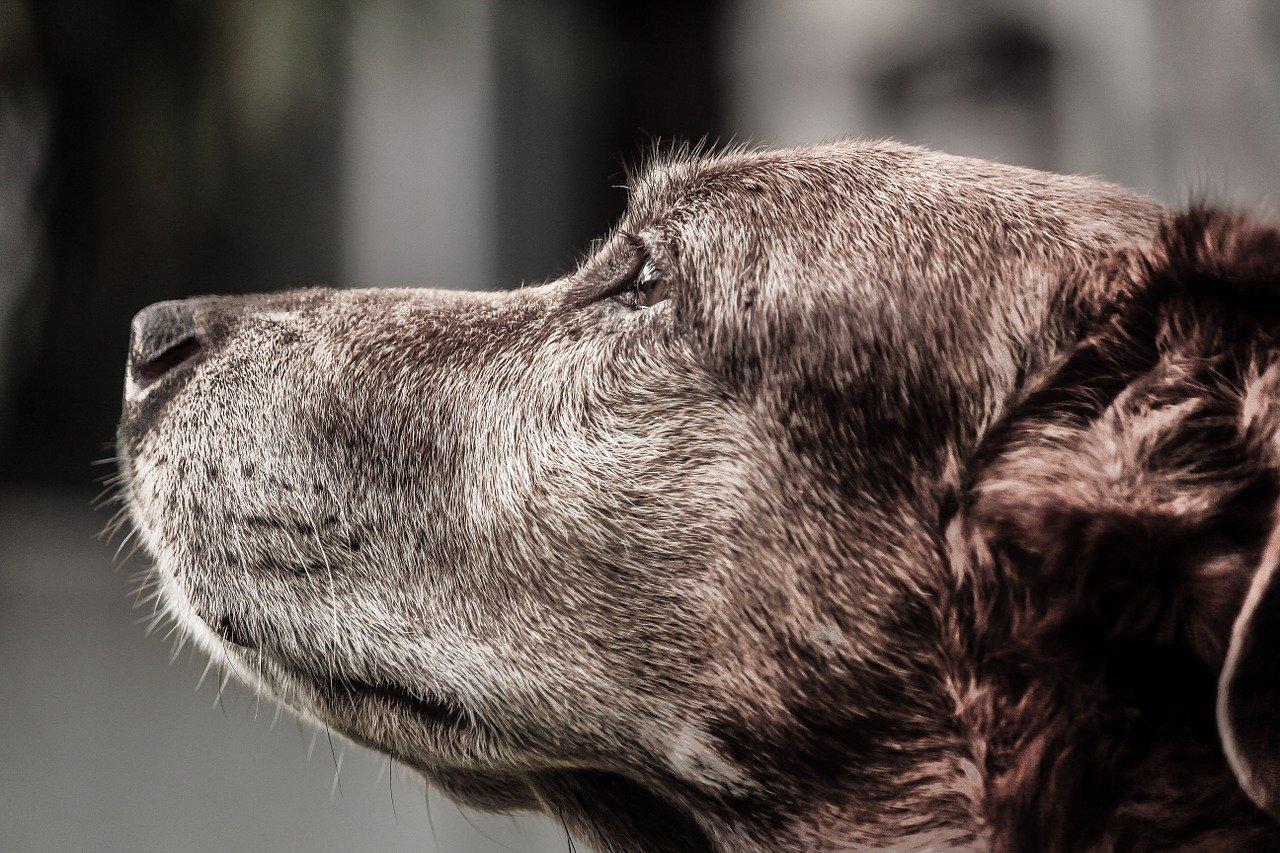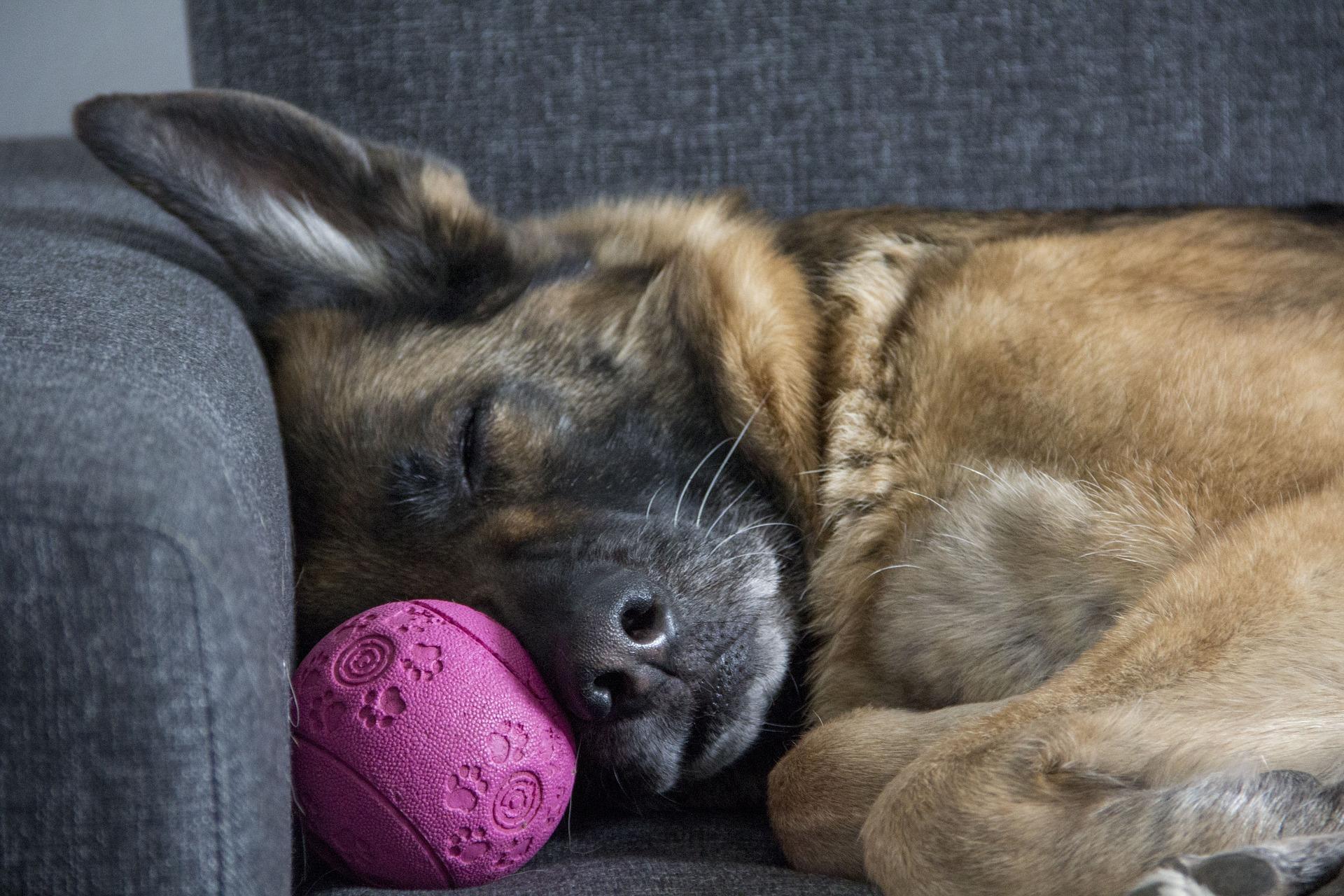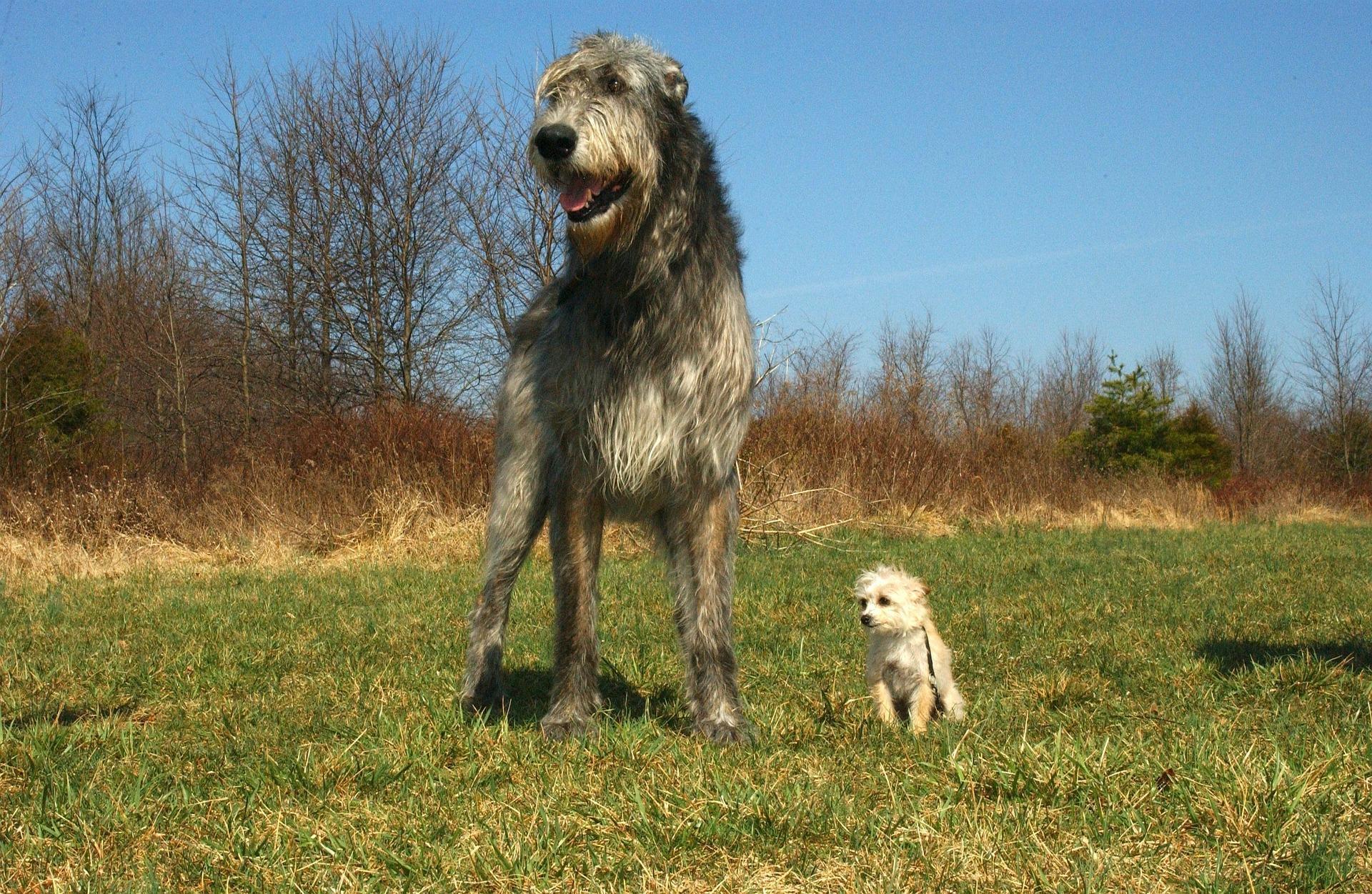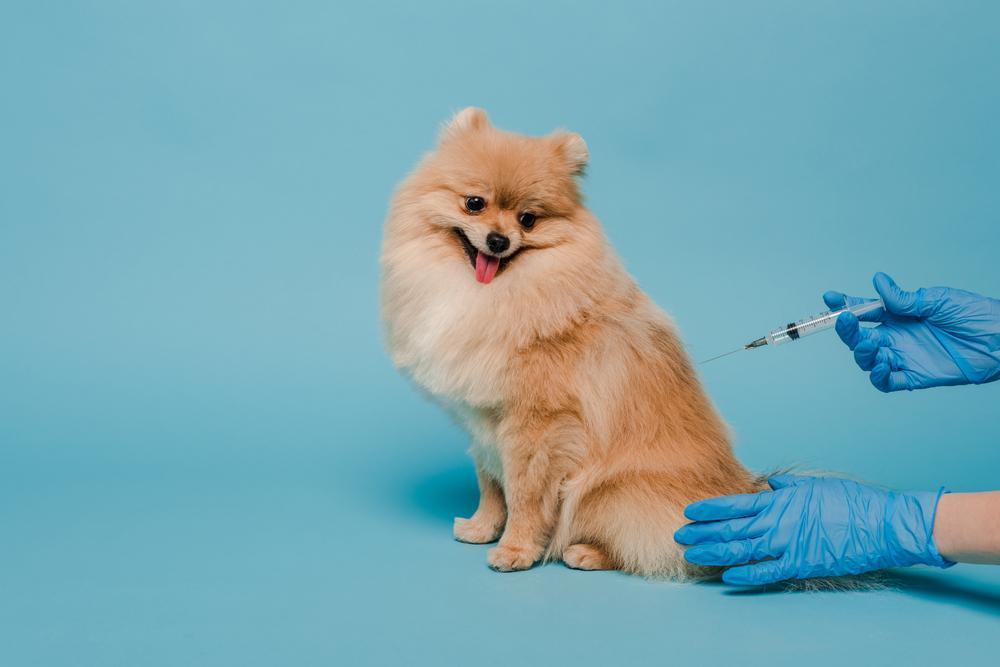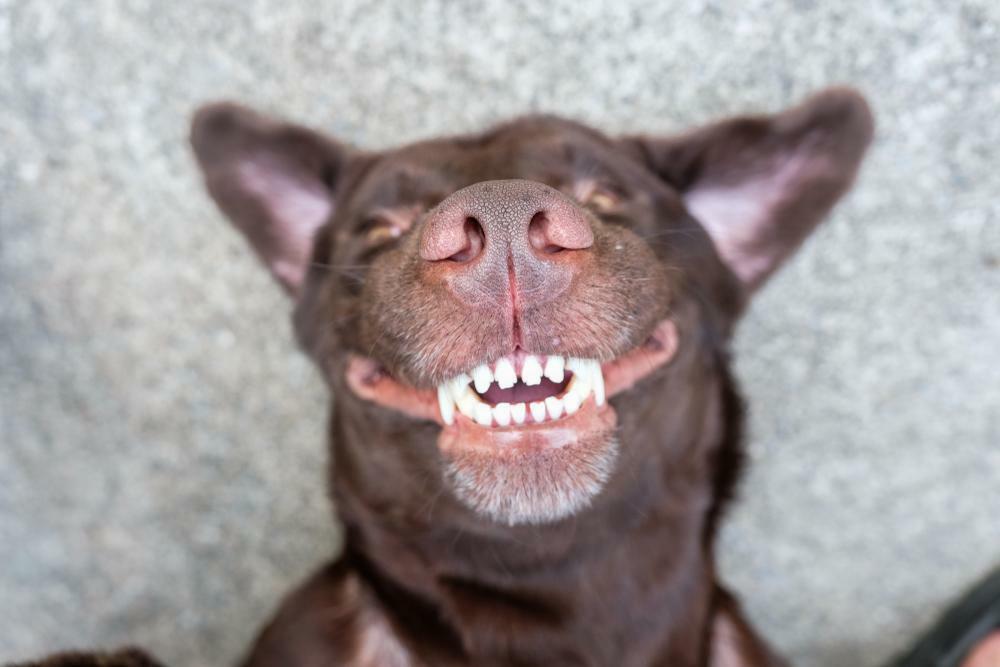Here at My Pet Nutritionist we often deal with dogs who have either a congenital or acquired liver shunt. There is often some misunderstanding around liver shunts because in medicine there are procedures where a “shunt” is inserted into the brain to drain excess spinal fluid – but a liver shunt is a little different, so let’s take a look at what they are and considerations to make in any treatment plan.
Liver Function
The liver processes blood and the substances found within it. In a healthy animal, blood draining from the intestines passes immediately through the liver for nutrients to processed and for toxic compounds to be removed. The blood then re-enters main circulation.
But in an animal with a portosystemic shunt (liver shunt), a significant volume of blood bypasses the liver, enters main circulation and heads to the heart where it can be pumped around the body. As the blood being pumped around the body is technically unfiltered, toxic compounds can build up. In addition, the liver is unable to break down nutrients or regulate the body’s energy balance.
In most cases, a liver shunt is caused by a birth defect. This is known as a congenital portosystemic shunt. But acquired shunts can also occur – this is usually linked to primary liver disease, or a disease involving the normal blood vessels into the liver.
Symptoms of a Liver Shunt:
Stunted growth
Poor muscle development
Abnormal neurological behaviour – disorientation, staring into space, circling or head pressing, seizures
Drinking/urinating too much
Vomiting
Diarrhoea
Lethargy
In addition, if a shunt is secondary to liver disease, then you would also note additional symptoms associated with poor liver function including:
- Loss of appetite
- Jaundice
- Fluid retention
Congenital Liver Shunts
In this instance, your puppy will be born with their shunt. At present there are 33 breeds that are significantly more likely to have a liver shunt than the general population. They include:
- Havanese
- Yorkshire Terrier
- Maltese
- Pug
- Miniature Schnauzer
- Standard Schnauzer
- Shih Tzu
- Bernese Mountain Dog
- Bichon Frise
- Irish Wolfhound
- Old English Sheepdog
Of interest however, is that in Yorkshire Terriers, the incidence of shunts has increased more than 11 times in the past two decades. In addition, when mating two surgically corrected Yorkshire Terriers, they produce normal offspring. This poses questions around simple autosomal recessive inheritance.
Findings Here
When the foetus is developing, they will have a large shunt known as the ductus venosus; this carries blood quickly through the foetal liver to the heart. A congenital shunt develops if the ductus venosus fails to collapse at birth and remains intact and open after the foetus no longer needs it, or if a blood vessel outside of the liver develops abnormally and subsequently remains open after the ductus venosus closes.
Small breeds tend to suffer extrahepatic liver shunts, which are just one abnormal blood vessel outside of the liver. These are most amenable to surgical correction. A single shunt located inside of the liver is more common in larger breeds and known as intrahepatic – these are still best treated with surgery, but the procedure is more challenging. Surgery for liver shunts focuses on blocking the blood flow through the abnormal vessels so that more of it travels through the liver.
Dogs with acquired shunts on the other hand, tend to have multiple abnormal vessels and are often poor candidates for surgery due to their underlying health issues.
Acquired Liver Shunts
In cases of liver disease, blood flow can become compromised leading to what is known as portal hypertension – or simply, high blood pressure. Like water, blood likes to take the path of least resistance and so APSS (acquired portosystemic shunts) are formed. Clinical parameters would indicate underlying hepatic concerns.
In both cases of congenital and acquired, reduced blood flow to the liver also results in atrophy which subsequently affects function.
But the liver is a rather unique organ, it is the only one that can regenerate, therefore appropriate intervention and management is essential.
Considerations To Make
The most common treatment regime (in addition to surgery if appropriate) usually includes a diet change and ensuring intestinal health.
The conventional concern with many liver issues is protein intake. When protein is broken down in the body, left behind is ammonia. The liver plays a key role in metabolising ammonia ready for it to be excreted by the kidneys into urine, but when blood flow bypasses the liver, ammonia builds up in the blood and enters systemic circulation – this is what leads to many neurological issues alongside poor liver function.
Traditionally, dietary management has included protein restriction to reduce ammonia absorption from the colon, but more recently it is considered that colonic absorption is only significant in those fed poor-quality diets, that contain poorly digestible protein. In addition, it has been established that those with chronic liver disease may develop muscle wasting from being in a long-term catabolic state – with low protein diets leading to increased muscle protein catabolism.
Findings Here
Therefore we would advocate a fresh-food diet, with highly digestible protein sources. The general school of thought is 2g of protein per kg of body weight.
Findings Here
Antibiotics are often prescribed in an attempt to reduce intestinal bacterial overgrowth, but there are other considerations to make with regards to intestinal health.
Motility – if food sits too long in any one place, problems can start to occur. Stress is one of the key factors which impair motility, so consider your dog’s exposure to any stressful stimuli. In addition, fibre can aid intestinal transit.
5 Reason’s Why Fibre is Your Dog’s Best Friend
There are additional factors that can skew the microbial population in your dog’s gut too.
What Can Cause Gut Dysbiosis
What Can Help Gut Dysbiosis
Whilst the liver is unable to effectively metabolise and detoxify, it is important to support this process as much as possible, starting with not overloading it in the first place.
Opt for filtered water
Feed fresh, organic food where possible
Does My Pet Need to Detox
Is Your Toxic Home Affecting Your Pet
Nutraceuticals like SAMe and milk thistle are often used to support hepatic regeneration and detoxification but active ingredients vary, so consultation with a practitioner is advised in this instance.
Summary
In most cases of congenital liver shunts, surgery is considered. But acquired shunts can occur as a result of underlying liver disease; in this instance it’s more like a 1000-piece puzzle. Here at My Pet Nutritionist, we are used to looking at the bigger picture and have a wealth of experience working alongside veterinary professionals to put those pieces together.
If you would like to learn more about liver health and disease, then check out our blog here:
Ultimate Natural Guide for Pets: Liver Disease
In addition, if you are concerned about your dog’s liver health, then please check out our services.
Thanks for reading,
MPN Team x


